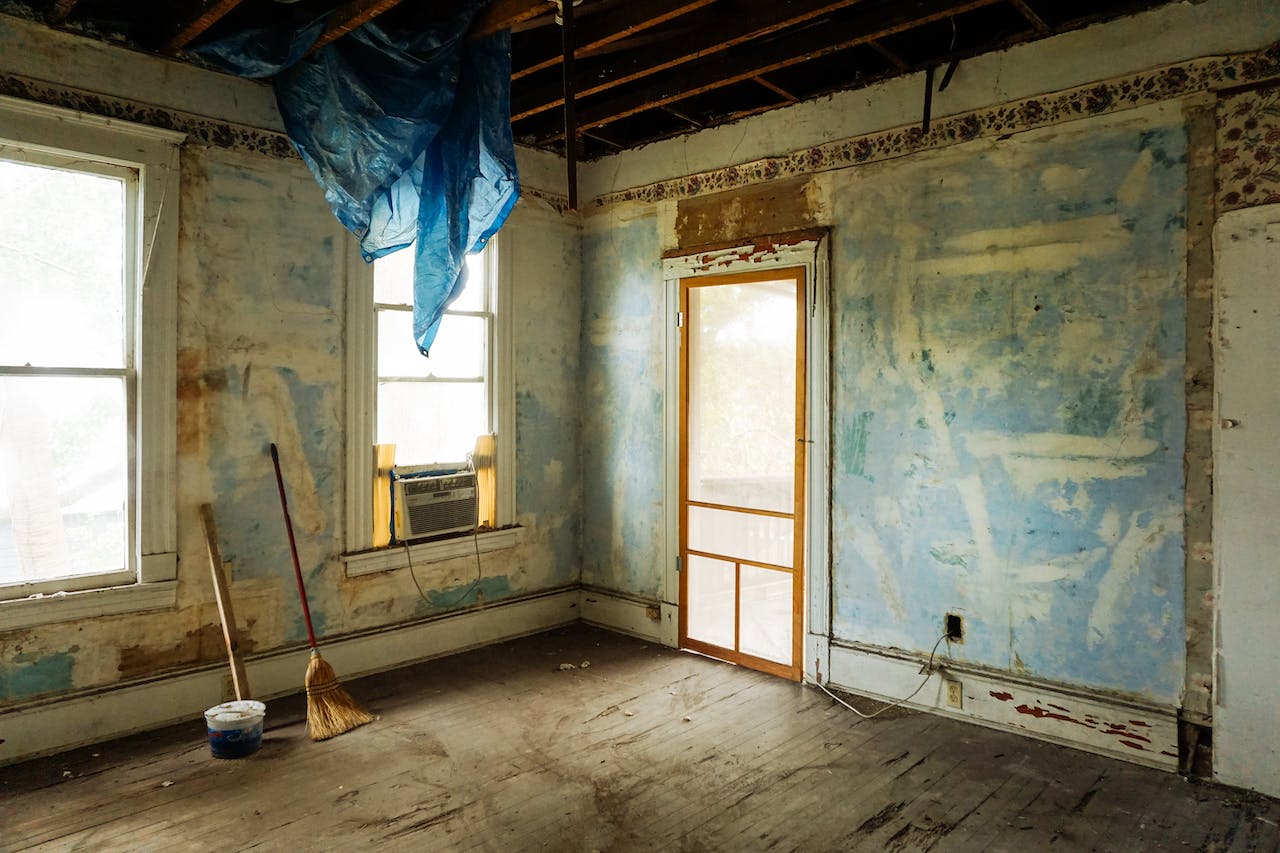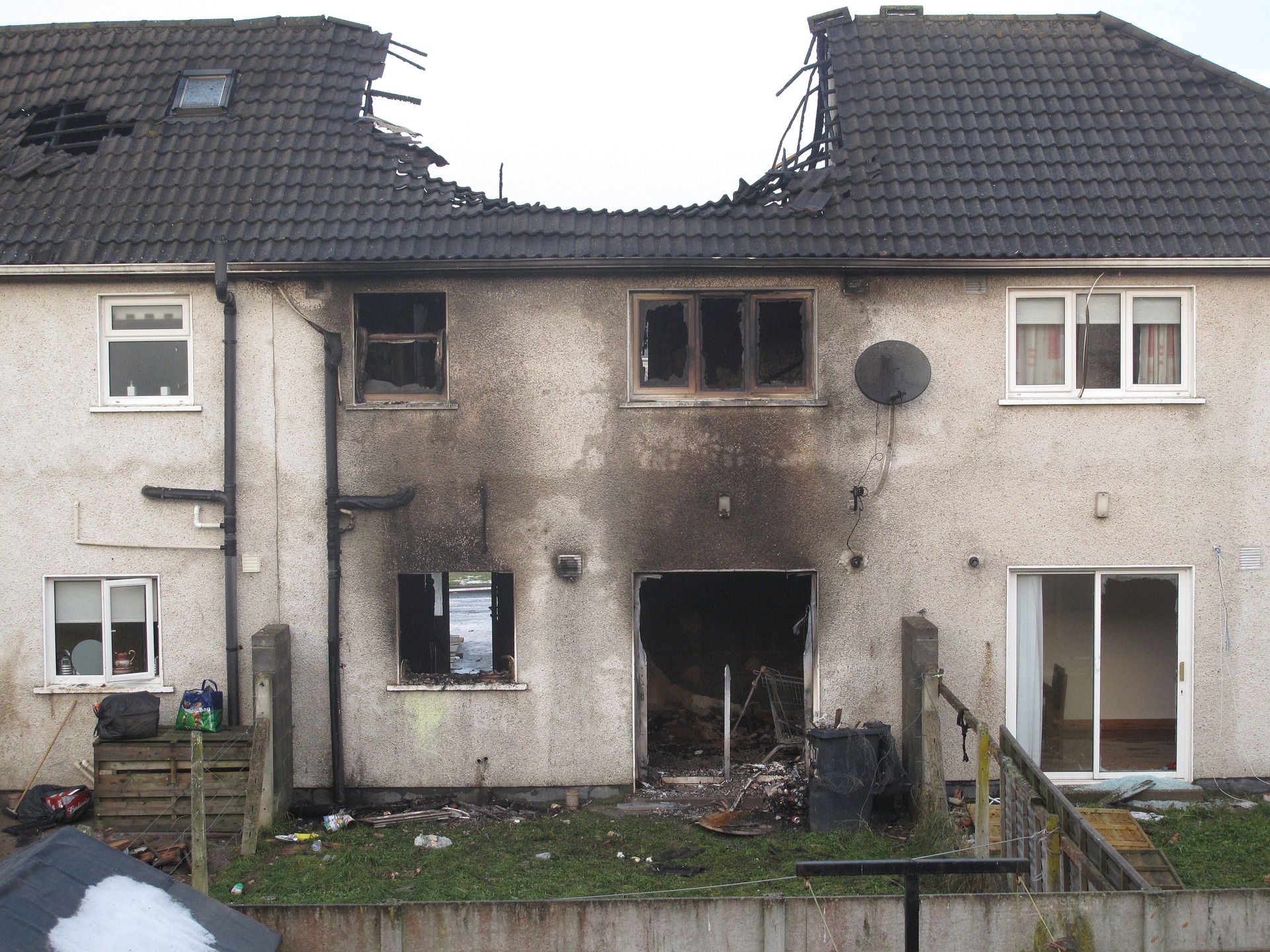Setting the Right Price: Valuing Your Fire-Damaged House
Valuing a fire-damaged house is a critical step in the process of selling your property. Whether you’re a homeowner or a real estate professional, determining the right price for a fire-damaged home can be a challenging but essential task. In this article, we’ll explore how to sell a fire damaged house and how to set the right price for it, considering factors that affect the valuation and helping you make informed decisions.
Assess the Extent of Damage
Before setting a price, it’s crucial to assess the full extent of the fire damage. Engage professionals to thoroughly evaluate your home’s structural, cosmetic, and functional aspects. The assessment should include:
- Structural Integrity: Determine the extent of structural damage, such as damage to the foundation, walls, roof, and supporting structures.
- Smoke and Soot Damage: Evaluate the extent of smoke and soot damage, which may impact the property’s aesthetic appeal.
- Water Damage: Assess any water damage resulting from firefighting efforts and the potential for mold or mildew.
- Restoration and Repairs: Identify the necessary repairs and restoration work, including the cost of bringing the property back to a marketable condition.
Consider Location and Market Trends
Location plays a significant role in property valuation, including fire-damaged homes. Assess the local real estate market and consider factors such as:
- Neighborhood Appeal: The desirability of your neighborhood and the proximity to amenities, schools, and public services can significantly impact your home’s value.
- Market Conditions: Evaluate the current state of the real estate market in your area. A seller’s market may allow for a higher asking price, while a buyer’s market may require a more competitive price.
- Comparable Sales: Review recent sales of similar properties in your area, including both fire-damaged and non-damaged homes. This will help you establish a baseline for your property’s value.
Set Realistic Expectations
It’s important to set realistic expectations for the sale of a fire-damaged home. Be prepared for the possibility that your property may fetch a different price than a non-damaged home of similar size and location. Potential buyers will consider the extent of damage when evaluating your asking price. Be open to negotiations and consider offering incentives, such as repair credits or seller financing, to attract potential buyers.

Repair Costs and Renovation
The cost of repairs and renovation should be factored into your property’s valuation. Understand the expenses of making your home market-ready, including structural repairs, cleaning, deodorization, and cosmetic enhancements. Consider the types of materials and finishes that may appeal to potential buyers and their associated costs. Compare quotes from multiple contractors to ensure you’re getting a fair price.
Consult With Real Estate Professionals
Working with experienced real estate professionals, such as agents or appraisers with local market knowledge, can be invaluable. These experts can guide you in setting a competitive yet realistic price based on their understanding of market conditions and comparable sales.
In Conclusion
Valuing a fire-damaged house requires a thoughtful and thorough assessment of the property’s condition, an understanding of the local market, and consideration of repair and renovation costs. By setting a competitive yet realistic price, being transparent with buyers, and seeking guidance from real estate professionals, you can navigate the sale of your fire-damaged home with confidence. Remember, while the process may present challenges, a fair and informed approach will increase your chances of a successful and satisfying transaction.


